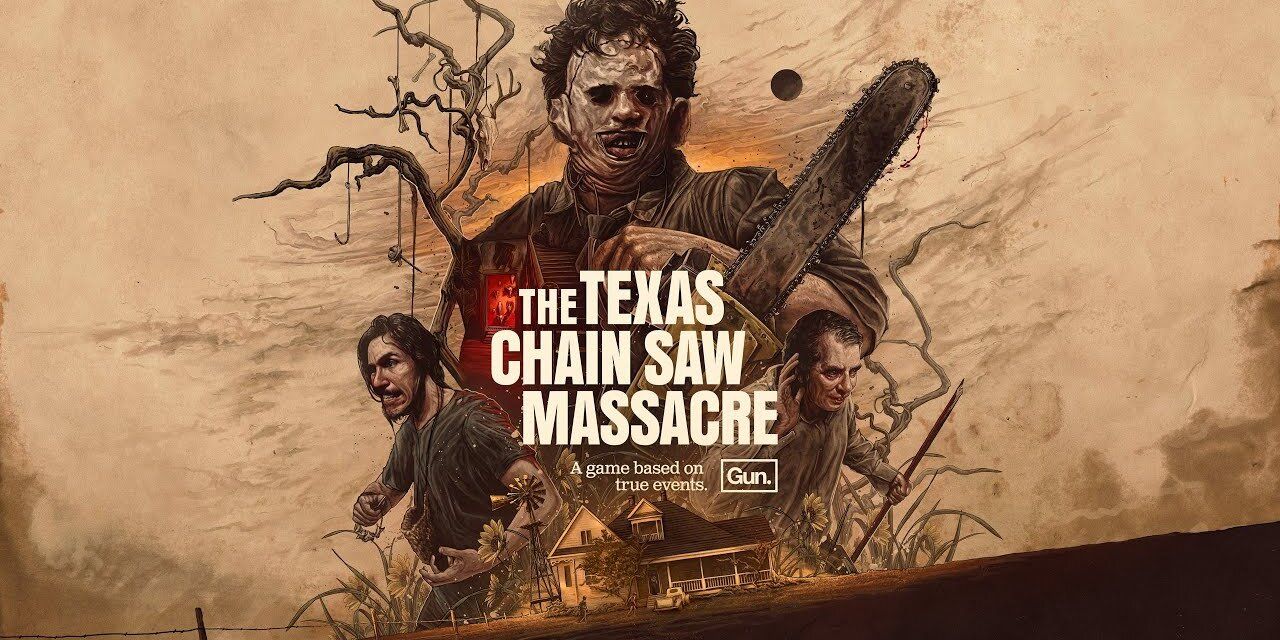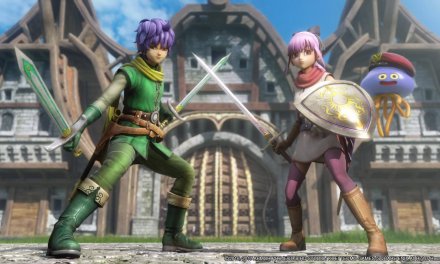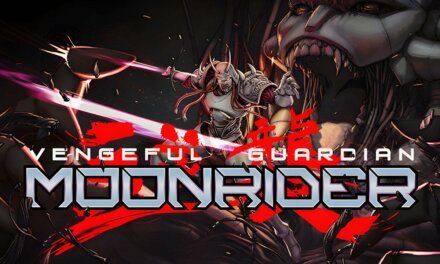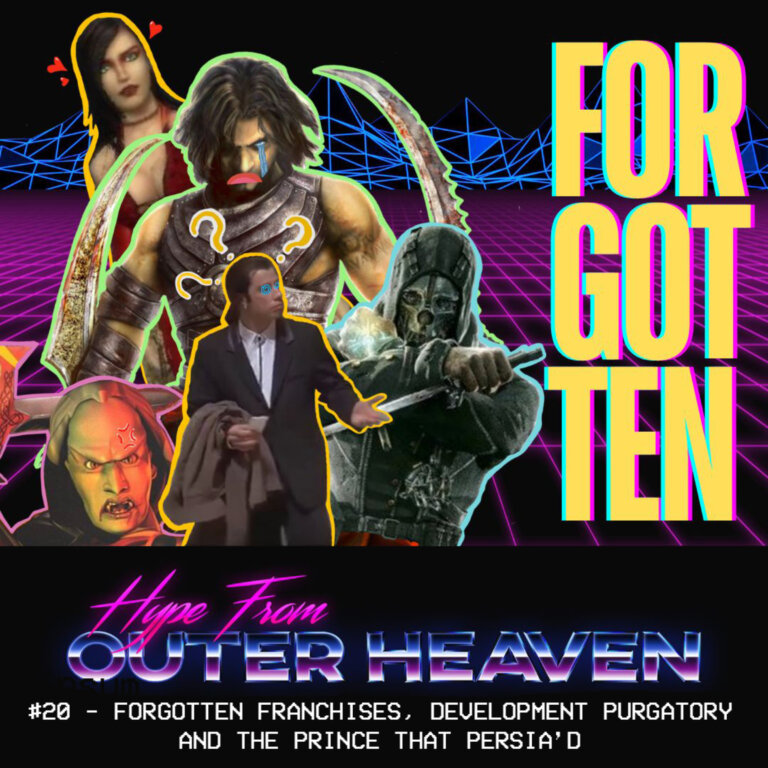“The Saw is family…”
Being die-hard fans of the slasher genre, Gun Interactive have been on a mission when it comes to reviving beloved horror franchises into video game format; initially with publishing Friday the 13th and more recently with Tobe Hooper’s 1974 redneck horror classic: The Texas Chainsaw Massacre. Stylised as the ‘Slaughter’ family (the original family name from the 1974 movie, later changed to Sawyer with TTCM 2) the game places you in the shoes of the most depraved group of cannibals to brace the silver screen as they go up against six victims in a unique 4v3 asymmetric horror experience that gives its own take on the popular multiplayer horror format, whilst simultaneously being a love letter to the original movie. Having released initially on August 18th 2023, the game has benefitted with several patches since release, currently at version 1.0.16.0 at the time of writing this review. As always, I’ll be detailing the good and the bad when it comes to the Xbox Series X version of the game, ultimately discussing whether it’s worth your time and money at the £33.49 asking price (UK Microsoft/Xbox Store – also available on Xbox Game Pass Ultimate).
Widely regarded as one of the scariest and most controversial horror films ever made, The Texas Chainsaw Massacre turned the world on its head when it released in 1974. Being banned outright in several countries due to its ‘explicit portrayal of sadistic violence and humiliation’ (despite the film actually not being that gory) the movie managed about a year of screenings at cinemas in London before its certificate was overturned by the BBFC, subsequently banning the film in the UK, and eventually affording the movie it’s ‘Video Nasty’ status following the video nasties list finally being made public in June 1983 in the UK. Loosely inspired by the crimes of serial killer: Ed Gein, the movie has gone on to be revered in the annals of horror, prompting multiple sequels, requels and reboots, all of which feature the character of Leatherface, who himself has become one of horror’s most iconic villains in cinema. Horror being what it is largely lends itself well to the single player format, reinforcing sensations of isolation and foreboding that amplify the atmosphere. When horror multiplayer games started to become more popular however, the ‘horror’ was one the metrics that was hard to get right, with games like 2016’s Dead by Daylight popularising the Asymmetric 4v1 style of gameplay, but in the process of making the genre less scary as a whole and more of a regressive chore, match after match.
One way to ground the experience is to already have a solid foundation to begin with; which is exactly what Gun Interactive did with the Friday the 13th game; placing one player in the water-logged boots of Jason Voorhees, and the other 4 players as camp counsellors, placing more of an emphasis on atmosphere and exploration with large open maps, and killing the counsellors in a myriad of bloodthirsty ways, rather than small maps with simplistic minigames and hanging people from hooks (I’m not a fan of DBD if it’s not already obvious). This methodology also extends into the fact that Friday the 13th is already an established franchise with a strong cult following; this very same reason is why Gun Interactive decided that The Texas Chainsaw Massacre was the next project to be afforded the same level of treatment. Taking place in early 1973 (same year as the first movie) the game revolves around Ana Flores and her college friends investigating the disappearance of her sister: Maria, near the fictional town of Newt, Texas. Not too long into the investigation and Ana and her friends come into contact with (and inevitably get captured by) the ‘Slaughter’ Family (Sawyer wasn’t the family name until The Texas Chainsaw Massacre 2) and the inevitable bloodbath akin to the first movie ensues.
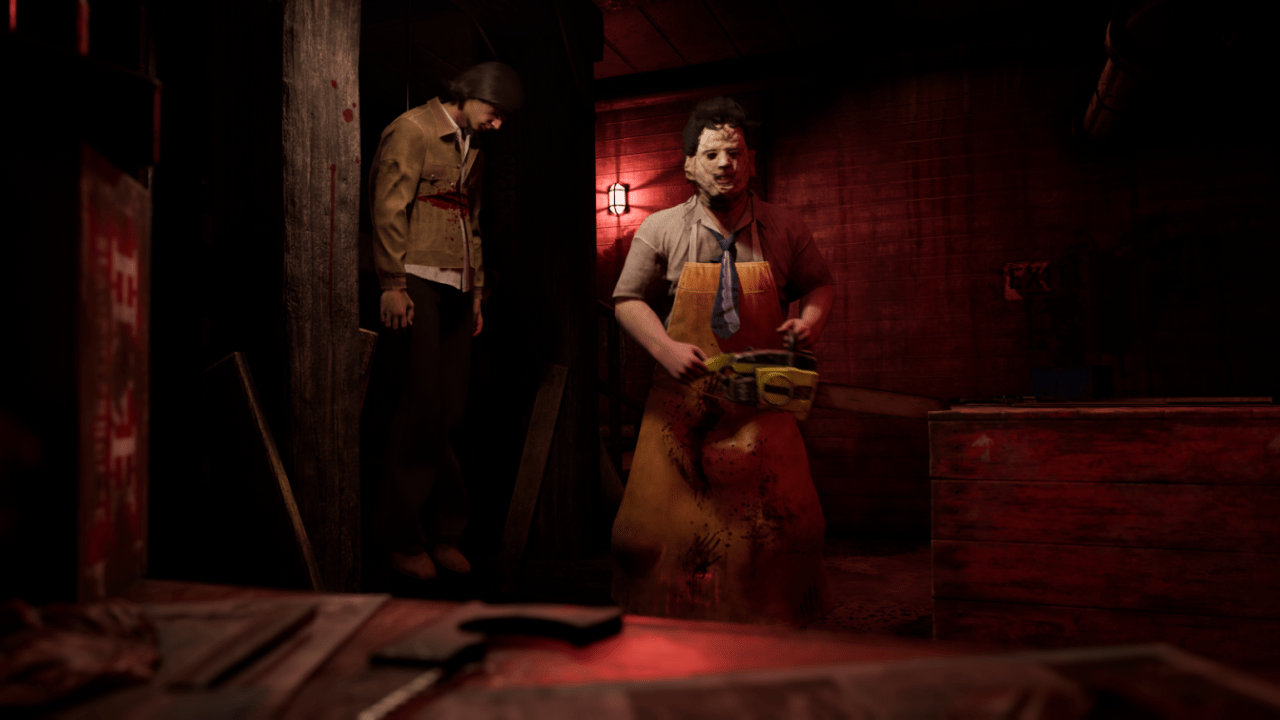
Call me Bubba: The level of accuracy afforded by Gun Interactive to the TTCM game in relation to the 1974 movie cannot be understated; much like their attention to the smaller details within Friday the 13th.
Whilst there’s not much story to chew through with TTCM, ultimately, it’s not the point of the game, as it’s first and foremost an asymmetric horror game of a similar vein to its peers. Much like Friday the 13th, the level of faithfulness afforded to the franchise is second to none, showcasing that Gun Interactive is dedicated to bringing these classic horror franchises forward to a newer generation, whilst ensuring all of the key details and atmosphere remain intact. From a gameplay standpoint, TTCM mixes up the Asymmetric formula by offering a 4v3 scenario, in place of the traditional 4v1; 3 family members facing off against 4 victims, ensuring that communication and teamwork are success to winning matches. Either side offers a distinct experience, naturally the first character I chose to play as was ol’ Bubba Sawyer himself (Leatherface for the uninitiated) whose large lumbering frame make him slow, but a significant threat up close with his signature chainsaw. Chasing victims down and performing gruesome executions is the key here, whilst also patrolling the map and destroying barricades/means of escape to slow down and ultimately checkmate the survivors into a dead-end. This mechanic plays out similar for other members of the family, with the Hitchhiker (Edwin Neal reprised his role from the original movie which was a nice touch) Drayton ‘The Cook’ Sawyer, and newcomers: Johnny, Nancy and Sissy (designed in conjunction with original script writer: Kim Henkel) all having their own signature skills and mechanics, with the main focus being on locking down the map and ensuring the victims have no means of escape, ensuring they remain as prey. Even ol’ Grandpa himself plays and important role, and whilst not directly playable, feeding grandpa blood (which can be found in basins around the map and directly from your victims) both reinforces the family’s abilities, but also acts as somewhat of a sonar for pinging the current location of victims for a short period. Both the family and victims can be upgraded with different perks and skill points after matches end and XP is earned, making each family member all the more potent when it comes to the hunt.
Playing as the victims is a distinctly different experience, which (in this humble writer’s opinion) is where The Texas Chainsaw Massacre truly shines. Having three killers stalking the maps ramps up the tension like never before, solidifying the terrifying nature of the original movie; the main goal here is to escape with all of your digits intact, forcing you to initially escape from the basement, and then from the property itself via various means. Each map has 4 exits, which have various side objectives tied to them in order to open them, be it disabling fuses boxes or shutting off valves; map knowledge is key here, and can be the difference between getting killed instantly or making it out alive. This however also presents TTCM’s biggest challenge, the inconsistent nature of matches. At the time of writing this review (currently on patch 1.0.16.0 on Xbox Series X) the range of skill with some players throws the longevity of the title into question, on two distinct fronts. Firstly, a lot of people tend to favour playing as victims, mainly due to prior balancing patches and just the general state of the game; I primarly spent my time with the game playing as Leatherface, and found myself getting no resistance in selecting him vs. other family members, and sometimes waiting for lobbies to fill up with family members in general was cumbersome. Waiting times in some instances were significant, and when you finally manage to get yourself into a game, it can be the luck of the draw as to whether it will be over in a matter of minutes, or a fully fledged match where there is genuine teamwork going on; I think the issue stems from the aforementioned map knowledge of people who have been playing since launch vs. someone new to the game like myself, and the decision to go with connection-based matchmaking in place of a skill-based one (the argument for which is preferred is a discussion as old as time). Ultimately however, when you get into the game properly and find yourself in matches where everyone is performing their roles to the letter, there is a lot of fun to be had here, especially if you’re a big fan of the franchise.
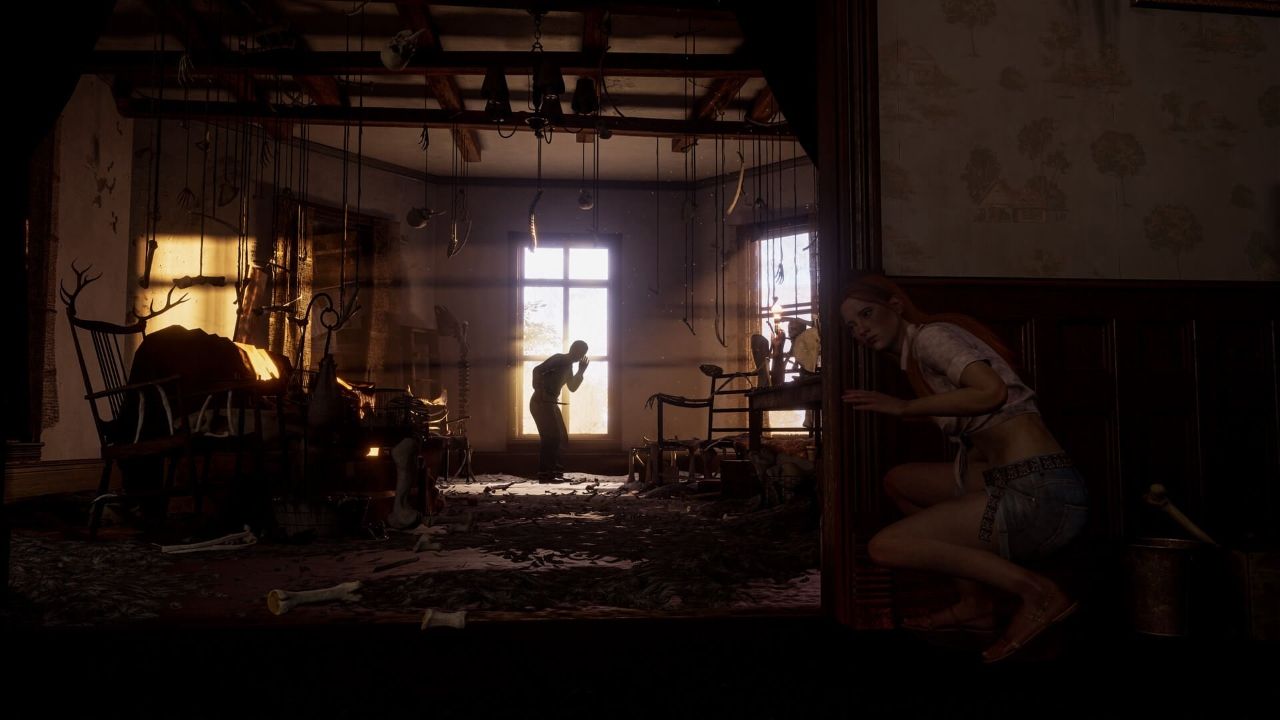
Inspired by true events: Playing as a victim is the premiere way to play if you enjoy horror, as the atmosphere of sneaking around the halls of the Sawyer estate and other maps whilst avoiding detection is genuinely terrifying.
From an atmosphere perspective, TTCM absolutely nails the tone of the movie to a T. The environments are screen-matchable on the Family House map, and creeping around the halls of the house as a victim is truly terrifying when there are three killers trying to track you down and dissect you. The sound design here is also key, featuring a haunting score that amplifies the level of threat, making it feel like a genuine heart-racing escape when you are discovered; and whilst playing as the victims is nail-biting, playing as Leatherface and carving up other players with a chainsaw is some of the most fun I’ve had in a video game to date; both sides offer great experiences depending on what you’re looking for. Whilst the core gameplay loop is great once it starts going, performance is another issue to be looked at, being a mixed-bag bordering on sub-par whilst being played on a beast like the Xbox Series X. There are two modes: Quality and Performance; Quality offers a locked 30fps in 1440p on XSX, whilst the performance mode is a ‘dynamic’ 1080p (going up to 1440p in some instances) with a somewhat choppy 60fps depending on what’s going on. Whilst the performance is okay for some, when the game is engineered for Series X one would expect a bit more polish when it comes to stability.
When it’s all said and done, The Texas Chainsaw Massacre is as faithful as an adaptation gets, offering a grim, blood-soaked vision of 70’s rural America, by placing you up against one of the most sadistic families to ever brace the silver screen. The game’s visuals, environments and textures are solid, only to be let down by average performance and a somewhat muddy resolution. On top, matchmaking is a bit inconsistent, with some games lasting mere minutes, and others well over 20, being a strong indicator that the game could benefit from skill-based matchmaking rather than connection-based. Whilst the game does require some degree of patience and grinding to learn the maps, mechanics and their respective nuances, at the heart of it all is an experience that takes the current horror asymmetric formula and adds to it, whilst also doubling down on the atmosphere and horror of one of the greatest horror films ever made.
An Xbox Series X review code was provided by Evolve PR.

